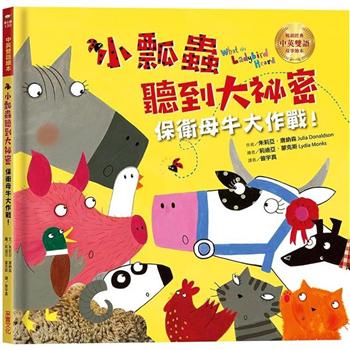This book examines the decline of the cotton textiles industry, which defined Britain as an industrial nation, from its peak in the late nineteenth century to the state of the industry at the end of the twentieth century. Focusing on the owners and managers of cotton businesses, the authors examine how they mobilised financial resources; their attitudes to industry structure and technology; and their responses to the challenges posed by global markets.
The origins of the problems which forced the industry into decline are not found in any apparent loss of competitiveness during the long nineteenth century but rather in the disastrous reflotation after the First World War. As a consequence of these speculations, rationalisation and restructuring became more difficult at the time when they were most needed, and government intervention led to a series of partial solutions to what became a process of protracted decline.
In the post-1945 period, the authors show how government policy encouraged capital withdrawal rather than encouraging the investment needed for restructuring. The examples of corporate success since the Second World War – such as David Alliance and his Viyella Group – exploited government policy, access to capital markets, and closer relationships with retailers, but were ultimately unable to respond effectively to international competition and the challenges of globalisation. The chapters in this book were originally published in Business History and Accounting, Business and Financial History.











